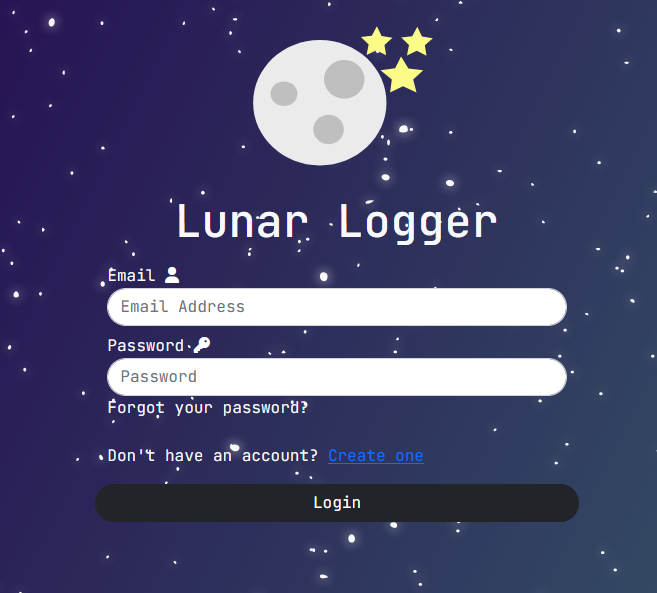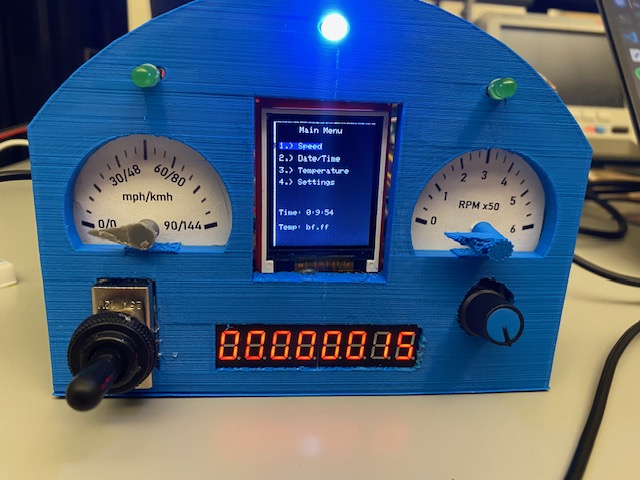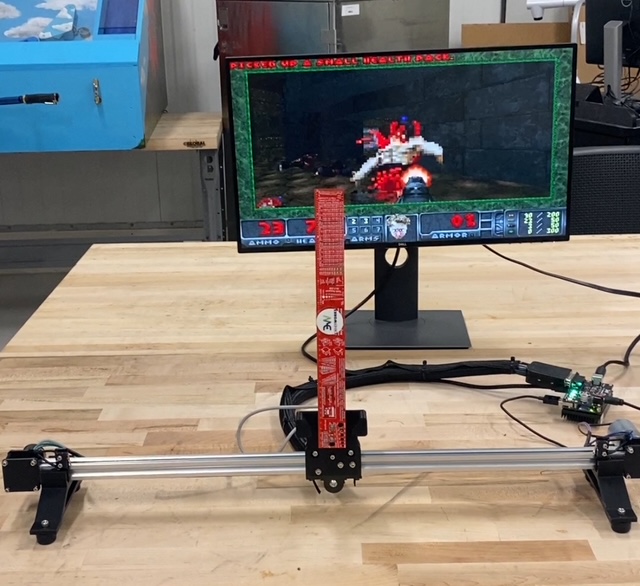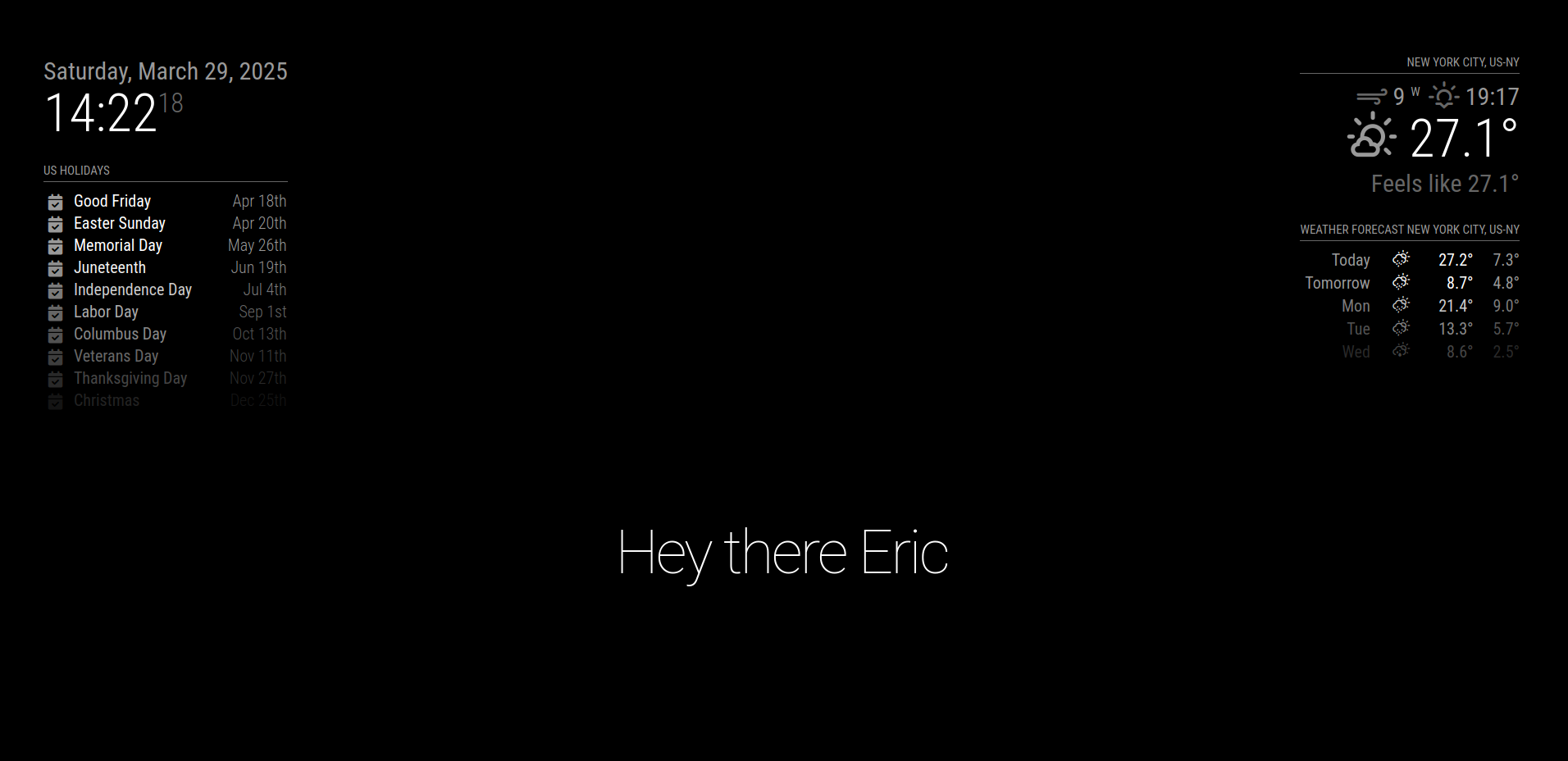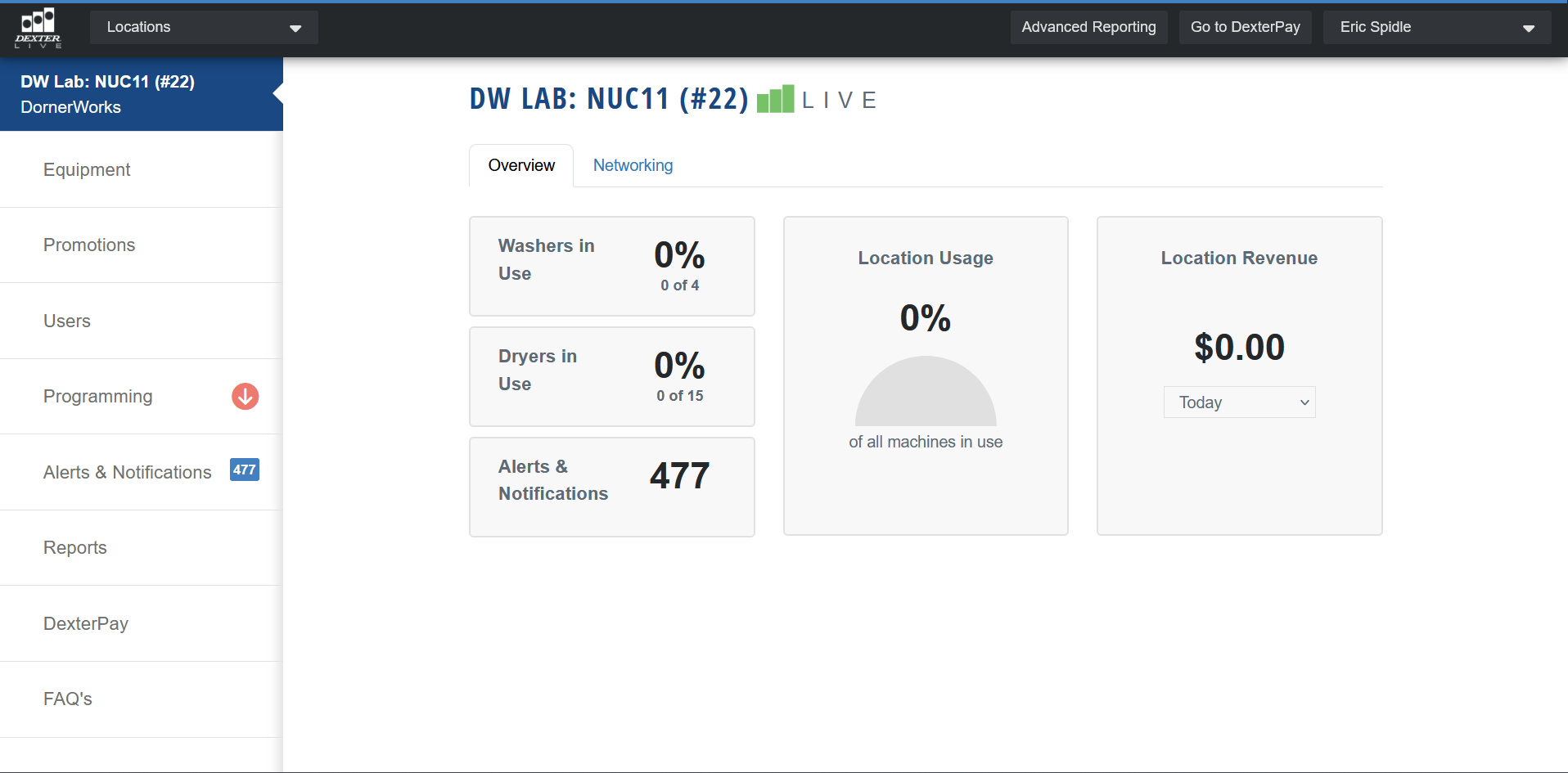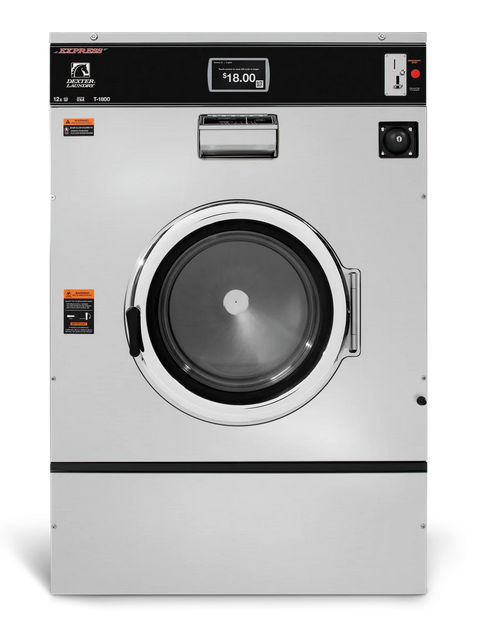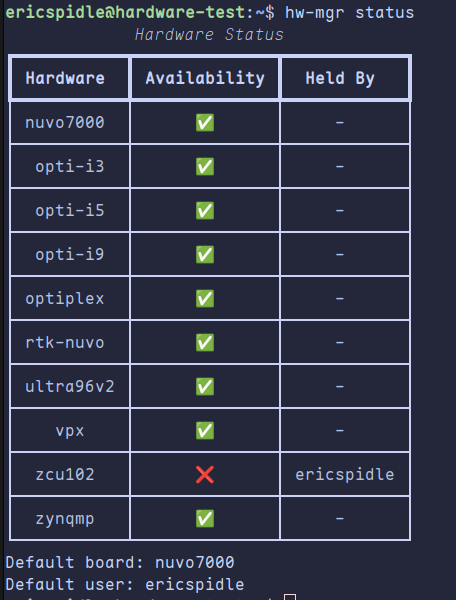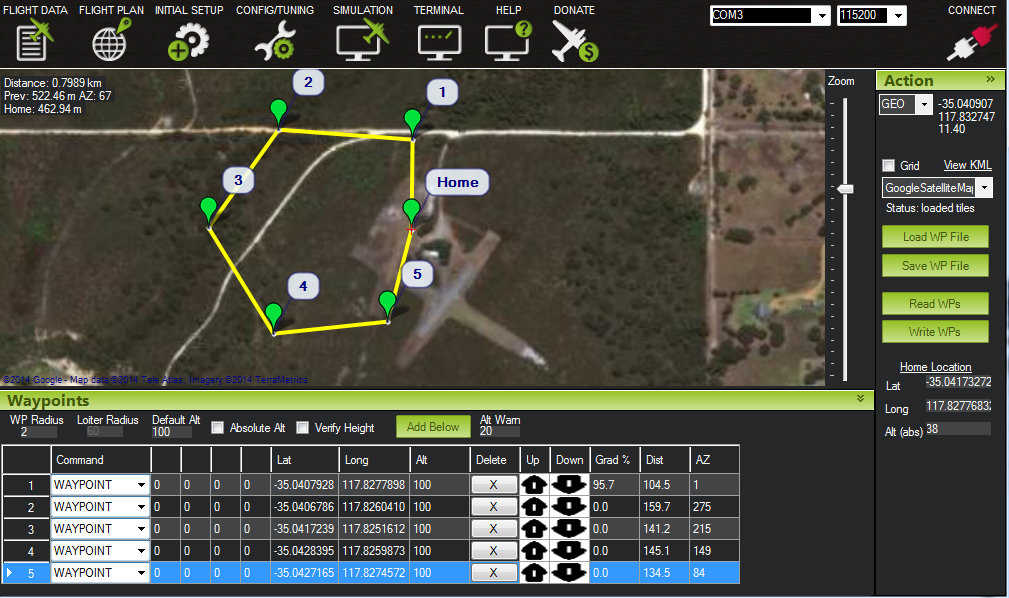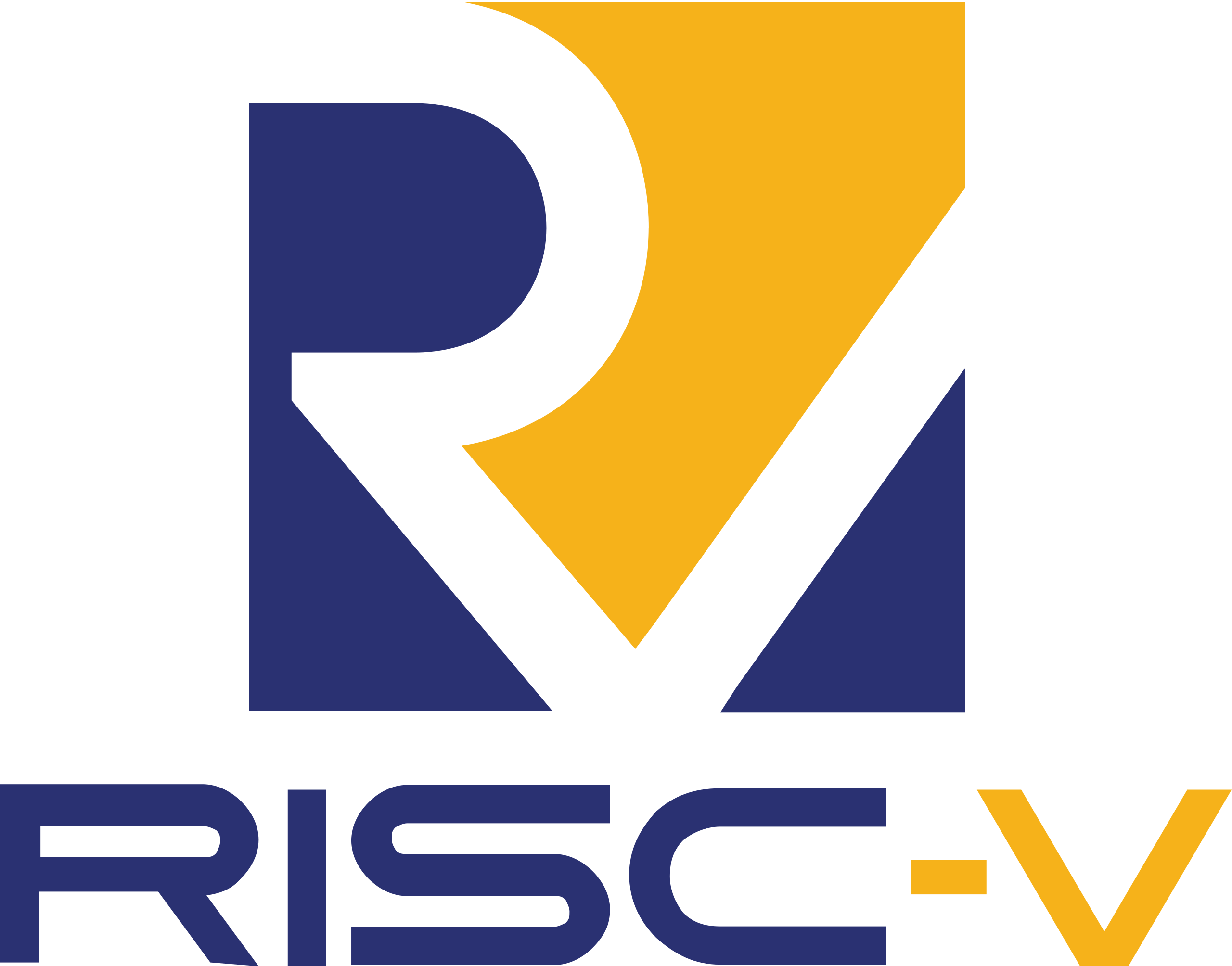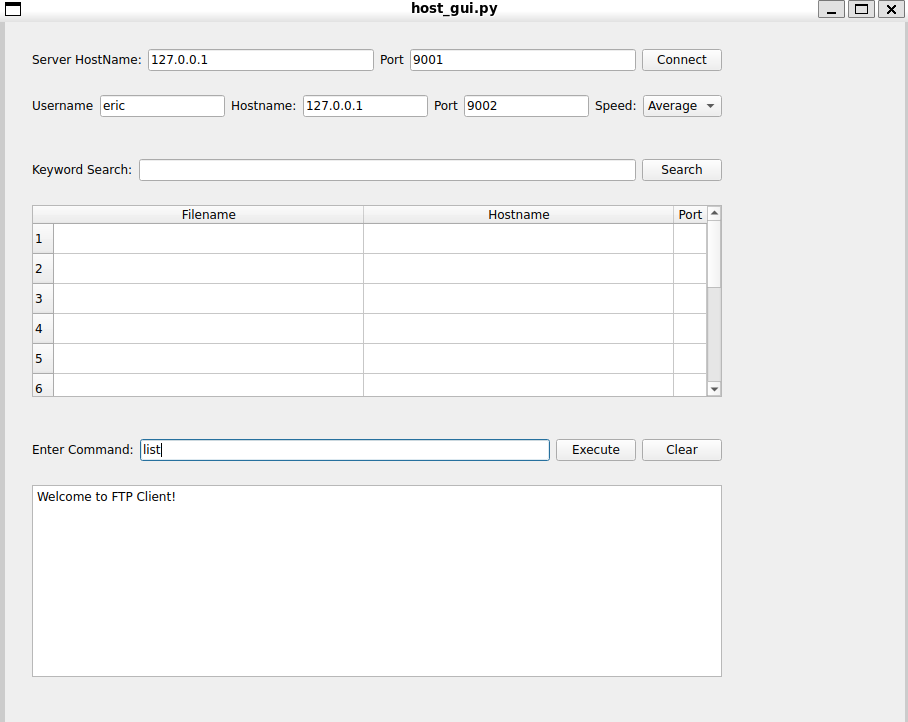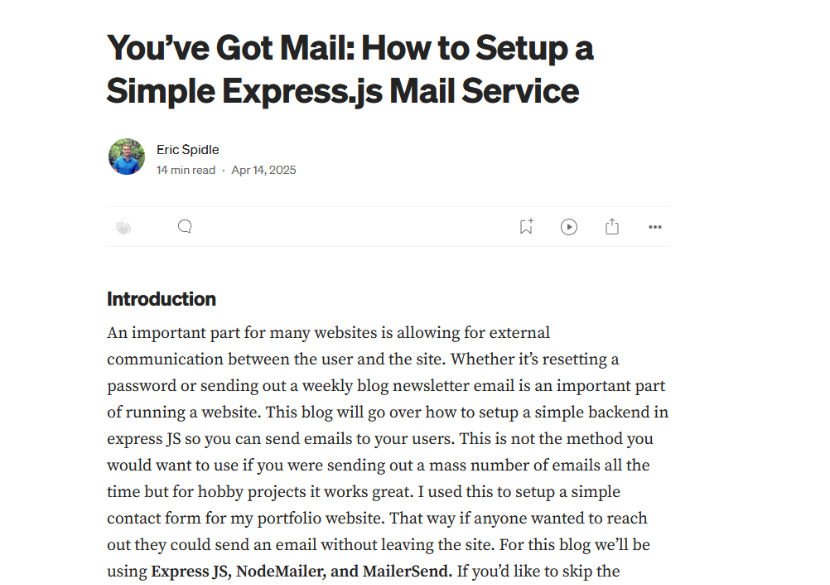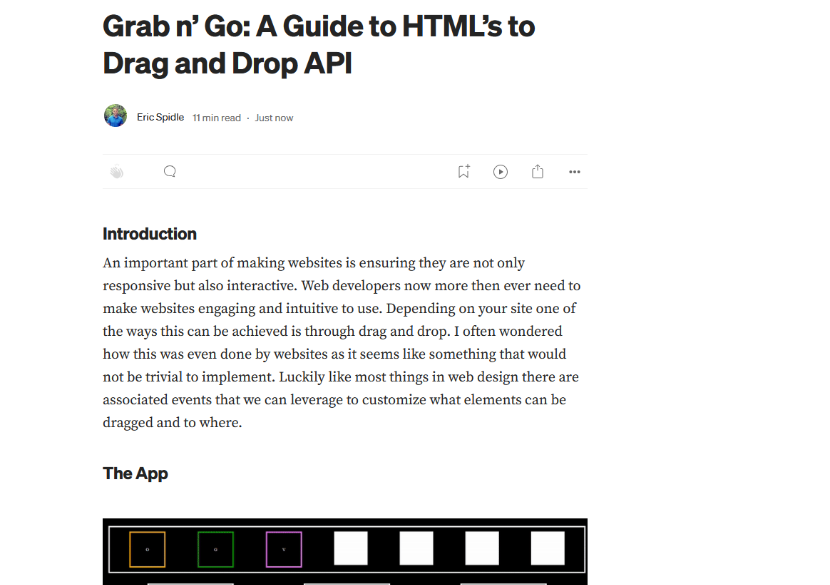
Hi. I'm,
<Eric Spidle/>
About
A highly motivated embedded systems and web developer who loves learning about technology. My introduction to technology came when I learned how to mod Minecraft at 12 years old. Ever since then I’ve always enjoyed tinkering and solving computer problems. I have a wide range of experience from porting low-level drivers to a hypervisor; to designing a website using CSS and front end frameworks. I am passionate about creating solutions and technologies that improve people’s lives in various ways. Whether it is a simple bug fix that enhances the UX of a website or an application that improves a decades old process of a company, I enjoy knowing that I helped solve someone’s problem using code. During my free time you’ll often find me gaming online with friends, working on my golf swing, or hitting the gym.
